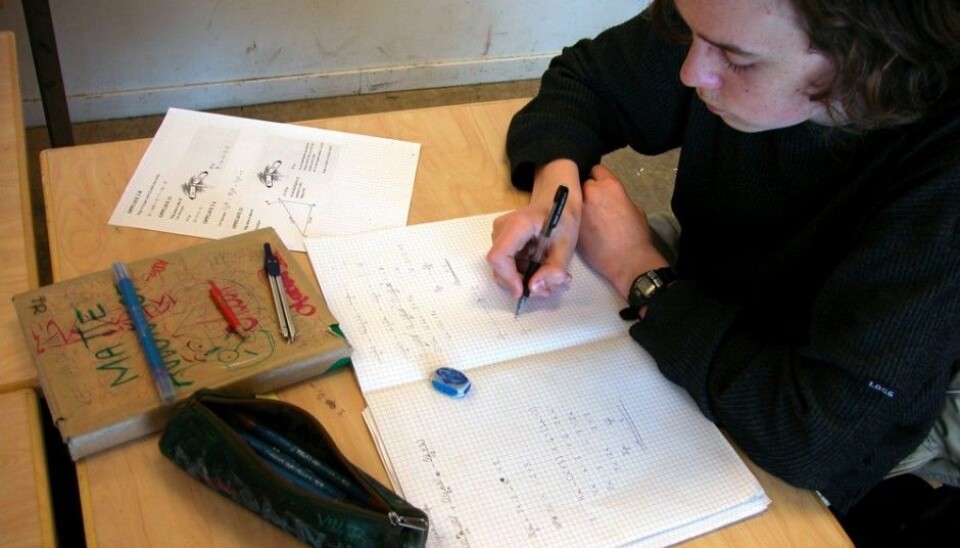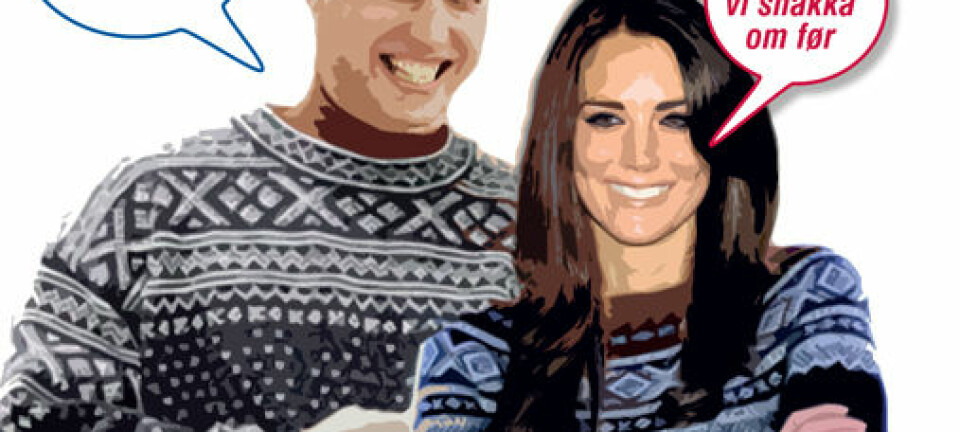
Students who master two written dialects do better in school
Researchers from neuroscientists to sociologists have spent the last several decades documenting the positive effects of bilingualism on cognitive development in children. But do children who grow up with two closely related written versions of the same language get the same benefits?
Denne artikkelen er over ti år gammel og kan inneholde utdatert informasjon.
Norway’s challenging geography, with a long coastline cut by deep fjords, and an inland pocked by rugged mountains and numerous glaciers, has made it a great incubator for the development of many different dialects over the centuries. Indeed, there is so much variation in the Norwegian language that it features two distinct written versions, Bokmål (the majority variety) and Nynorsk (the minority variety).
Norwegian students whose primary instruction is in Nynorsk automatically learn Bokmål, because that is the dominant version, found everywhere from movie and TV subtitles to the country’s major magazines and newspapers.
But does learning two very different written variants of the same language confer some of the same benefits found in children who grow up in true bilingual situations? A group of researchers led by linguist Øystein Vangsnes from the University of Tromsø - The Arctic University of Norway decided to explore that exact question.
The answer, they discovered, is yes – at least when it comes to achievements on standardized school tests.
Bidialectal, not bilingual

One of the key issues that interested the researchers is that Norwegian students whose primary written language is Nynorsk (but who also absorb Bokmål from the environment around them) don’t necessarily have to switch between speaking two different varieties, unlike truly bilingual children. In a recent publication in the International Journal of Bilingual Education and Bilingualism, the researchers used the phrase “bidialectal” to describe this important distinction.
The researchers used data from standardized national tests in mathematics, reading and English for 2009, 2010, 2011 and 2012, and from 416 of Norway’s 429 municipalities. They estimate their dataset included roughly 240,000 pupils and 99.7 per cent of Norway’s pupil population for those years.
The researchers also categorized each municipality according to the percentage of pupils who were instructed in Nynorsk or Bokmål (some communities had schools where some schools taught in Nynorsk and others in Bokmål). Roughly 14 per cent of all Norwegian pupils had Nynorsk as their primary language of instruction, but only 7 per cent of Norwegian pupils lived in municipalities where all students used Nynorsk.
Once they had categorized the different municipalities, the researchers also corrected their data for three socio-economic factors: the educational level of the adult population in the municipality, female employment rates and the proportion of single-parent families.
After being corrected for these factors, the data clearly showed that standardized test results for students in municipalities where more than 50 per cent of the students were instructed in Nynorsk were better than expected than in municipalities where instruction in Bokmål dominated.
Writing is key
First author Vangsnes says this finding is very exciting, but is careful about making larger generalizations.
“Strictly speaking, we cannot say that Nynorsk itself is the explanation for the test score differences, but it certainly could be, seen from a bilingual perspective,” Vangsnes said. “Norwegian students who are taught in Nynorsk are so massively exposed to Bokmål that they basically learn it at the same time as they learn Nynorsk. The opposite situation is much less likely to be the case for students instructed in Bokmål.”
Vangsnes says he thinks one crucial issue is the importance of writing skills.
When you have to learn two different writing systems, which Nynorsk students must do, it likely has a different influence on how you learn than if you only speak two different languages.
Rich language stimulation
“Could it be that the rich language stimulation that Nynorsk students receive triggers a type of cognitive training which in turn provides a more measurable positive effect on learning in general?” Vangsnes wonders.
He thinks this is a reasonable hypothesis, but believes it is absolutely necessary to conduct more research on this in order to determine whether it is true.
Another possible explanation that Vangsnes wants to explore is the issue of pride. As a “minority” language, Nynorsk gives its users a certain pride in their mastery of the dialect. Vangsnes thus wants to see if mastery of Nynorsk helps improve students’ self-esteem, which in turn could translate into better test scores.
-------------------------------------
Read the Norwegian version of this article at forskning.no


































